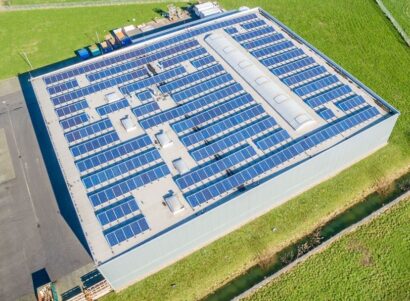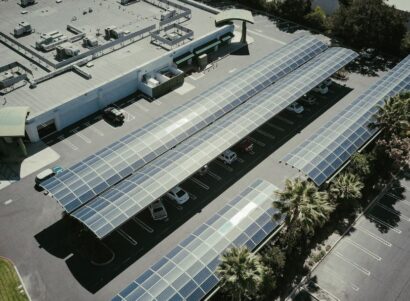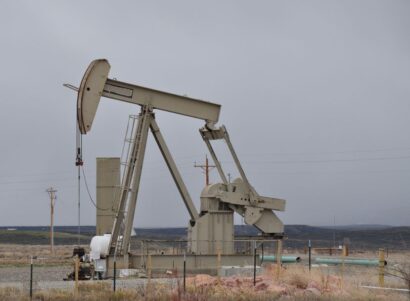Background
California’s San Joaquin Valley is one of the oldest and most extracted oil and gas basins in the United States. For decades, state law has allowed water extracted during oil and gas production, known as produced water, to be disposed of in unlined pits.
In a peer-reviewed study, scientists at PSE Healthy Energy examined the effects of unlined produced water ponds on groundwater resources in the Central Valley’s Tulare Basin. PSE researchers found that the disposal of over 16 billion barrels of oil and gas wastewater into unlined pits over a 50-year period has introduced salts, carcinogens, and other toxins into regional aquifers.
At least 1,850 active, inactive, and closed produced water ponds exist throughout the Tulare Basin, where 99% of the state’s ponds are located. Of the 1,565 ponds used exclusively for produced water disposal in the region, 484 are unlined and are still being used for the disposal of produced water. In some cases, underground plumes of contaminated water extend more than four kilometers from the ponds toward agricultural wells.
Key Findings
- Inadequate Legal Protection. California law provides less stringent protection for groundwater from produced water ponds than for other oil and gas industry practices, such as produced water injected underground during hydraulic fracturing, enhanced oil recovery, and other forms of underground injection.
- Legacy Impact. The historic disposal of produced water in unlined ponds has raised the salinity of nearby groundwater resources and introduced salts, carcinogens, and other toxins into the region’s aquifers that can serve domestic, municipal, and agricultural purposes.
- Continued Risk. Monitoring data at active produced water pond facilities shows that produced water often contains salts and other chemicals at levels that exceed the limits established by local water agencies.
- Geographic Spread. Data from produced water pond facilities with monitoring wells indicates that the impact to groundwater in some cases extends more than 4 km from facilities, with groundwater plumes migrating in the direction of agricultural wells.
- Stronger Monitoring Needed. Groundwater monitoring at unlined produced water pond facilities is sparse. Where monitoring has occurred, impact to groundwater has been observed and has proven too expensive to actively remediate.
Recommendation
The San Joaquin Valley is one of the most agriculturally productive regions in the world and home to nearly 4 million residents. The disposal of produced water in unlined ponds endangers groundwater resources in a region that is already faced with historic drought and climate change.
In order to protect these resources for future generations, California law must increase the groundwater protections from produced water and increase groundwater monitoring.

 Study
Study
 One Pager
One Pager






